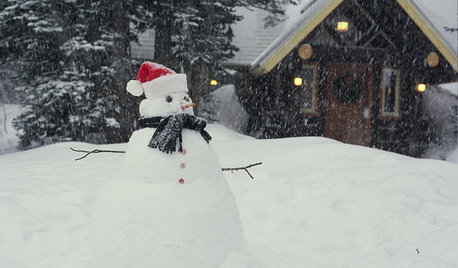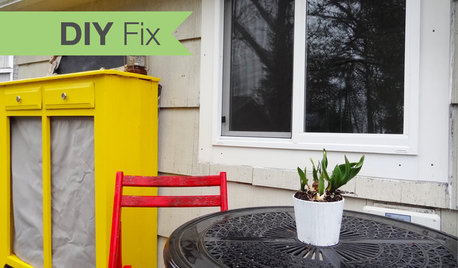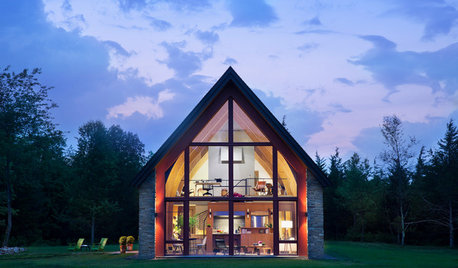Andersen High Performance Conversion Kit
monikac
13 years ago
Featured Answer
Sort by:Oldest
Comments (14)
my3mutts
12 years agoGulfBreezeWindows
12 years agoRelated Professionals
West Springfield Window Contractors · Lake Elsinore Interior Designers & Decorators · Stanford Interior Designers & Decorators · Coronado General Contractors · DeKalb General Contractors · Jamestown General Contractors · Miami Gardens General Contractors · Nashua General Contractors · Rancho Santa Margarita General Contractors · Tyler General Contractors · Wallington General Contractors · Waxahachie General Contractors · Palm River-Clair Mel General Contractors · Parsippany Carpenters · Roselle Park CarpentersWindows on Washington Ltd
12 years agomy3mutts
12 years agowindasman
11 years agoWindows on Washington Ltd
11 years agowindasman
11 years agoWindows on Washington Ltd
11 years agoJumpilotmdm
11 years agoWindows on Washington Ltd
11 years agoziondeb
8 years agoWindows on Washington Ltd
8 years agodeloresc66
4 years ago
Related Stories

LIGHTINGThe Lowdown on High-Efficiency LED Lighting
Learn about LED tapes, ropes, pucks and more to create a flexible and energy-efficient lighting design that looks great
Full Story
HOME OFFICESQuiet, Please! How to Cut Noise Pollution at Home
Leaf blowers, trucks or noisy neighbors driving you berserk? These sound-reduction strategies can help you hush things up
Full Story
LIFEShare Your Winter Storm Jonas Photos and Survival Tips!
Let’s see your pictures and hear your ideas on how you’re keeping your house warm and staving off cabin fever
Full Story
HOME TECHMeet the New Super Toilets
With features you never knew you needed, these toilets may make it hard to go back to standard commodes
Full Story
Replace Your Windows and Save Money — a How-to Guide
Reduce drafts to lower heating bills by swapping out old panes for new, in this DIY project for handy homeowners
Full Story
KITCHEN DESIGNHow to Choose the Right Hood Fan for Your Kitchen
Keep your kitchen clean and your home's air fresh by understanding all the options for ventilating via a hood fan
Full Story
MATERIALSWhat to Ask Before Choosing a Hardwood Floor
We give you the details on cost, installation, wood varieties and more to help you pick the right hardwood flooring
Full Story
GREEN BUILDINGThe Passive House: What It Is and Why You Should Care
If you don’t understand passive design, you could be throwing money out the window
Full Story
GREAT HOME PROJECTSUpgrade Your Windows for Beauty, Comfort and Big Energy Savings
Bid drafts or stuffiness farewell and say hello to lower utility bills with new, energy-efficient windows
Full Story
MATERIALSInsulation Basics: What to Know About Spray Foam
Learn what exactly spray foam is, the pros and cons of using it and why you shouldn’t mess around with installation
Full Story








Windows on Washington Ltd